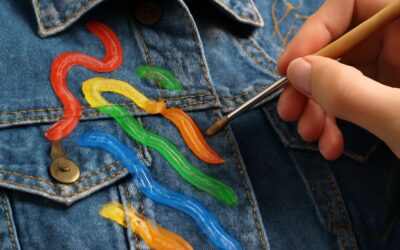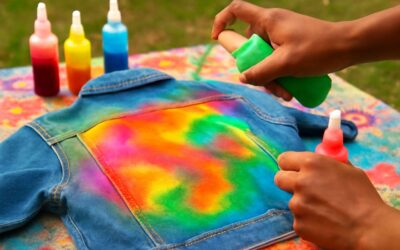For millennia, humans have created textiles – first for practical reasons like clothing and shelter, then later as an expressive medium. From the earliest fibers gathered from plants and animals to today’s high-tech computer-controlled weaving machines, our relationship with fabric is deeply entwined with our social history. As a result, fabric art can be highly political and carries important messages about our roles within society.
Historically, the process of creating textiles was time-consuming and labor intensive. The creation of a single piece could take several days or even weeks. This made textiles a valuable commodity, and a common means of conveying wealth, status and power. The aristocracy would display their wealth by dressing in elaborate, colorful fabrics and adorning interior spaces with beautiful tapestries.
As technology developed, however, the production of fabrics became faster and easier, enabling more complex designs and brighter colors. The invention of the loom in around 7000 BC made it possible to fully weave cloth, a process which still exists today. Moreover, the introduction of dyes and more efficient printing techniques enabled a wide variety of color options that were previously only available through natural methods such as fermentation.
Throughout history, various textile artists have used this newfound flexibility to explore the possibilities of their medium. Many of these artists sought to blur the line between craft and fine art, as seen in the works of Gunta Stolzl whose woven pieces influenced the Bauhaus weaving workshop; Sheila Hicks whose embroidery work explored the division between painting and sculpture; Faith Ringgold whose quilts addressed issues of feminism and social justice; and Sonia Delaunay whose boldly colored textile art helped define the aesthetic of Art Deco.
In the early 20th century, the advent of industrialization shifted the focus of textile production to mass production and mass consumption. This exacerbated the disconnect between modern, machine-made fabrics and their artisan roots, creating a dichotomy that is often present in our understanding of textile art. Some movements, such as the Arts and Crafts movement, rejected this shift in textile production and reverted back to handcrafted artisan techniques, while others, such as Art Deco, found ways to embrace it.
Today, a wide range of contemporary artists continue to explore the versatility of fabric as a medium for creative expression. Textile art can be as varied as the artists themselves, encompassing everything from intricately woven patterns and vibrantly embroidered ornaments to sculptural installations that cover entire buildings. These installations challenge our ideas about what is considered “art,” and the resulting artworks demonstrate that this form of artistic expression has come a long way since the prehistoric days of woven baskets and embroidered wall hangings.


0 Comments